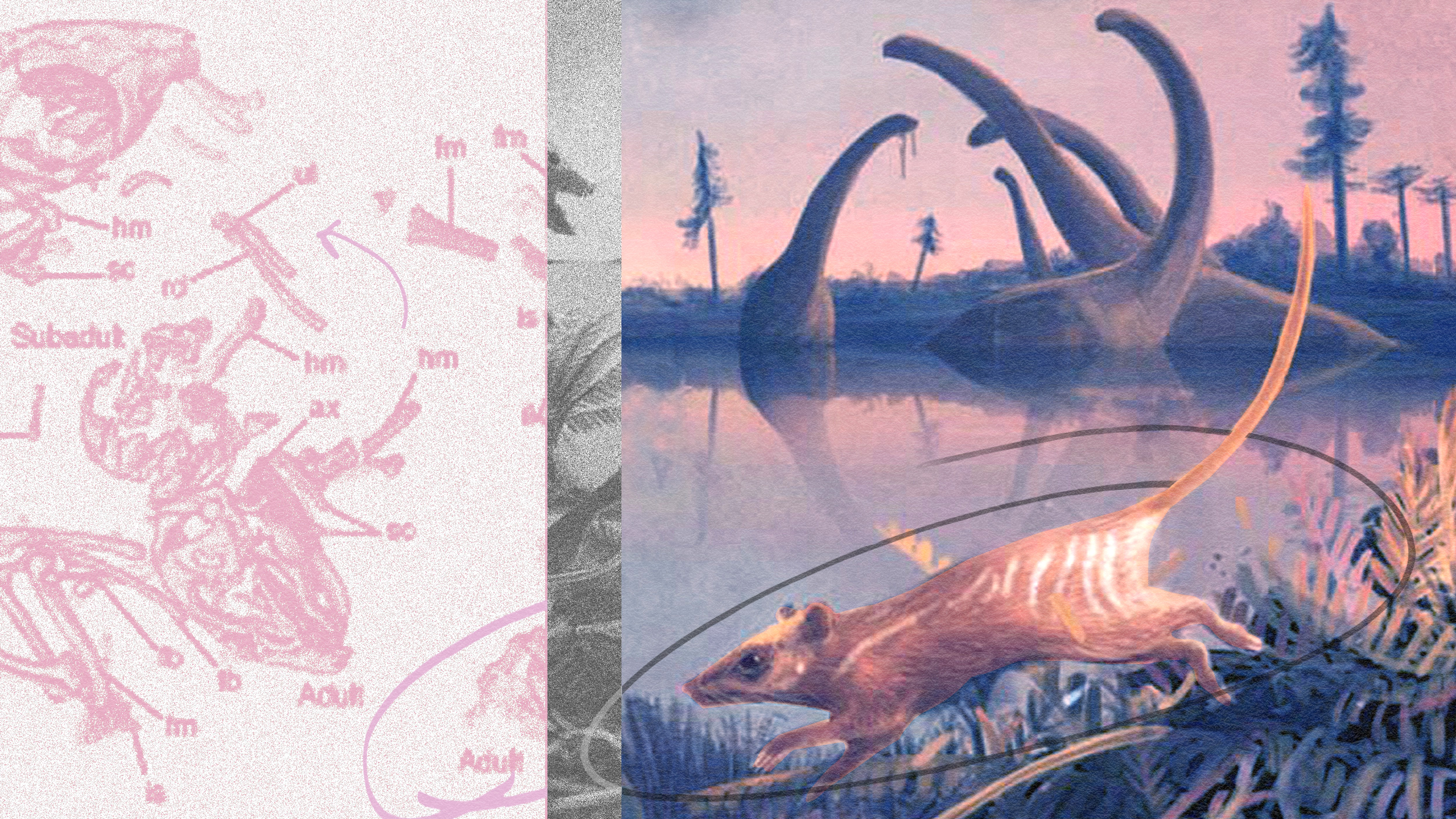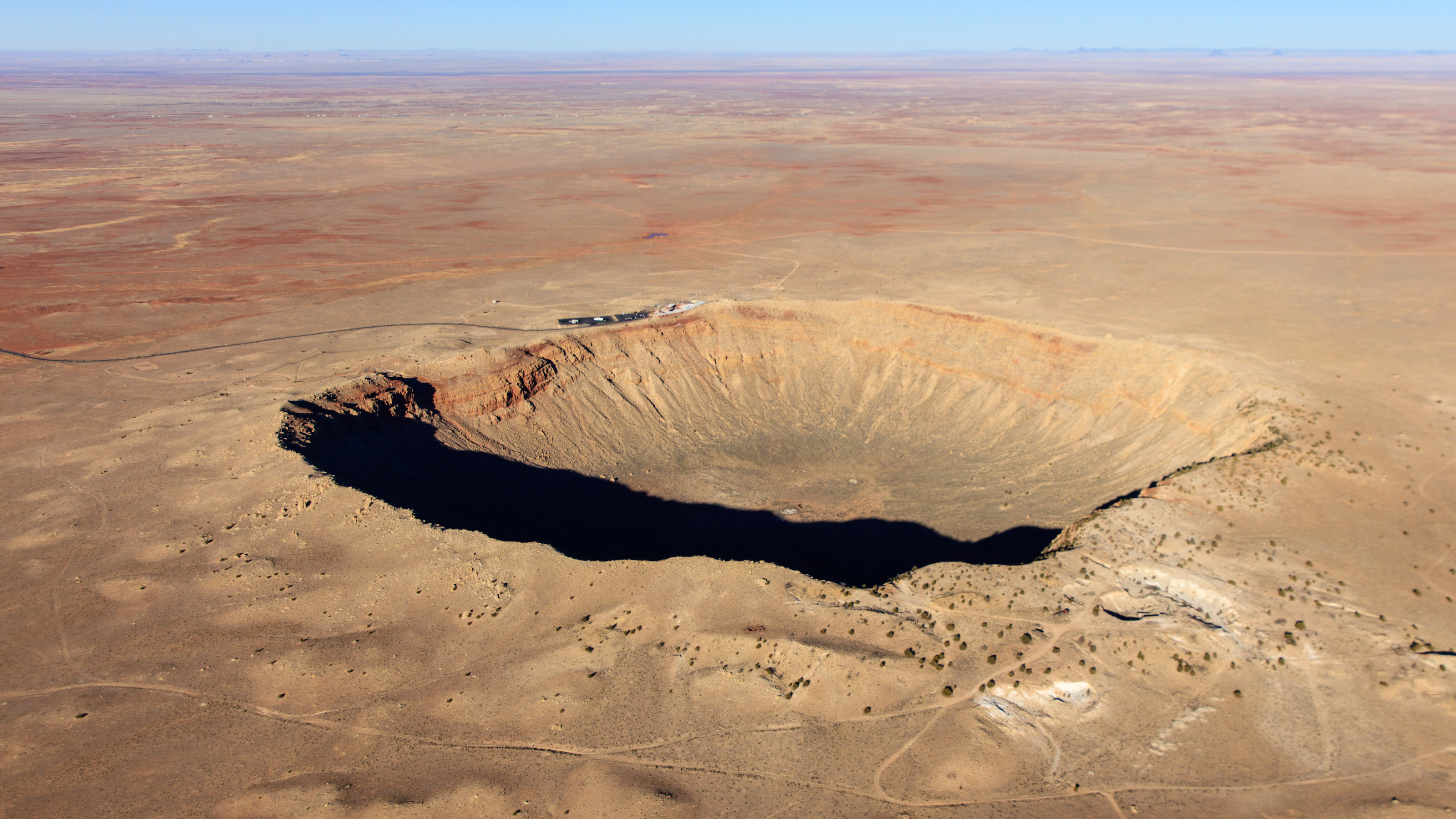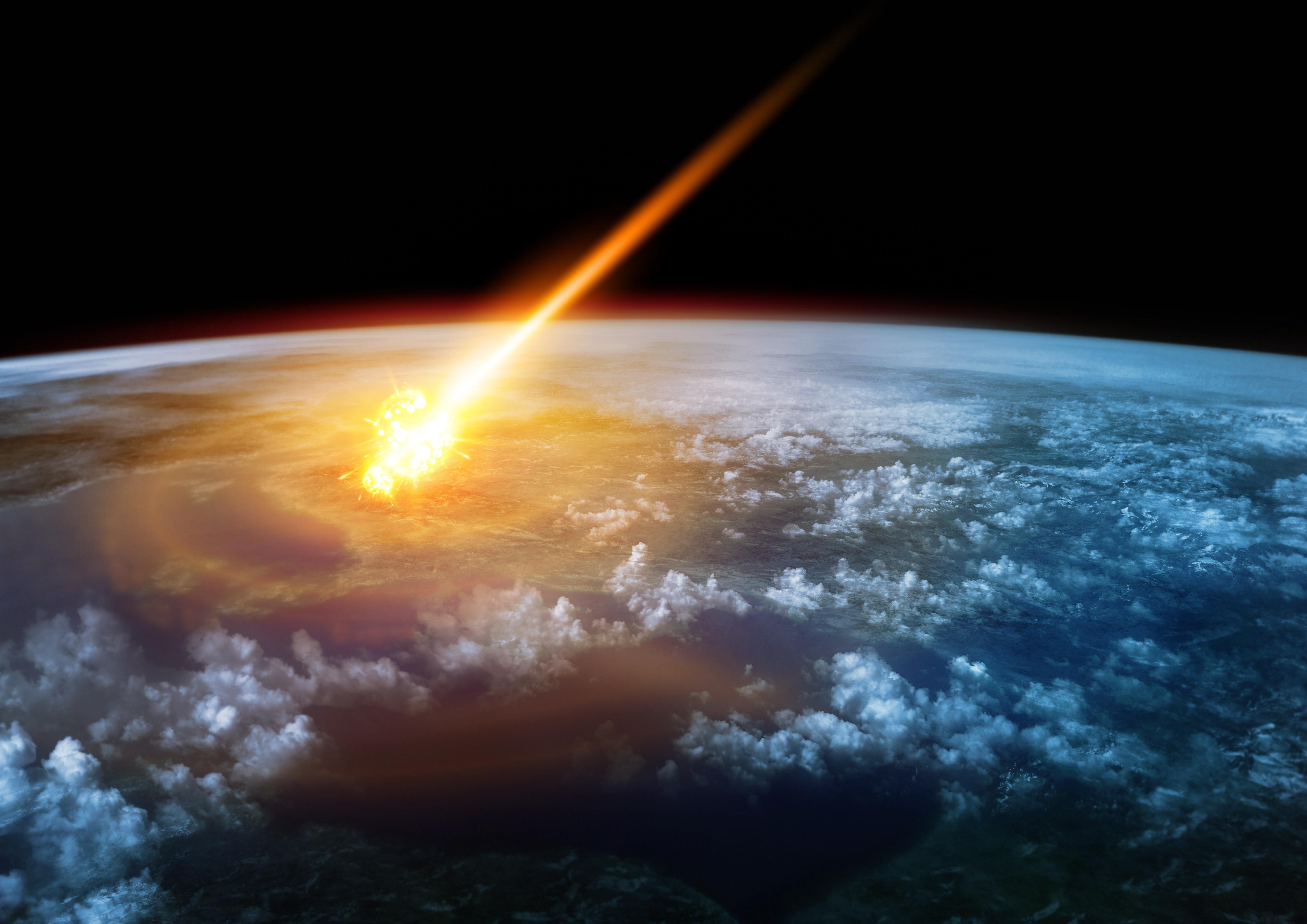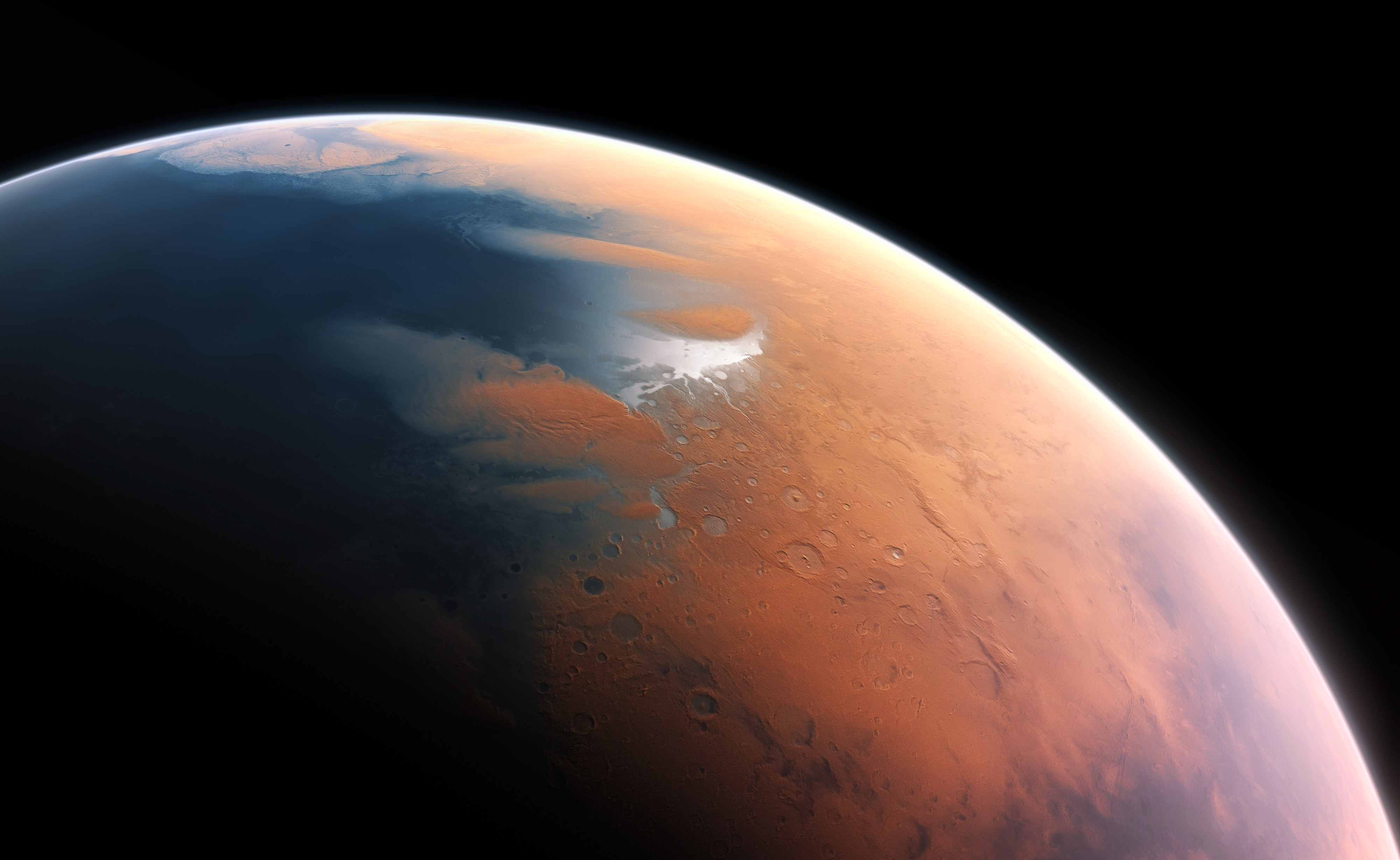Scientists Set to Start Drilling at Asteroid Impact Site That Wiped out the Dinosaurs

Scientists are going to ground-zero of one of Earth’s most notable disasters—to the Chicxulub crater to dig to the heart of the asteroid that collided into the Earth 66 million years ago.
“[A]t 66 million years ago an asteroid the size of Denver traveling 20 times the speed of a bullet crashes into the Yucatan Peninsula and causes a massive extinction of all animals that are larger than dogs on the planet,”said Kirk Johnson, the Sant Director of the National Museum of Natural History.
The origins of the asteroid extinction theory are fairly recent. Luis Alvarez and his son, Walter, proposed the impact hypothesis back in 1980. They came to this conclusion after observing samples of clay from Italy, Denmark, and New Zealand, which they noticed had “iridium increases of about 30, 160, and 20 times, respectively, above the background level at precisely the time of the Cretaceous-Tertiary extinctions, 65 million years ago.” Iridium is an rare element found in the Earth’s crust, but can be found in abundance in meteors and asteroids. However, this idea wouldn’t be fully accepted by the scientific community until the 1990s when this “Crater of Doom” was discovered off the Yucatan Peninsula.

This discovery helped answer a question that had caused much debate within the scientific community (back to when the first dinosaur fossil have been uncovered). But we have yet to know how life bounced back.
What followed this devastating event remains somewhat of a mystery. We know a mass extinction event followed. Some scientists suggest the asteroid may have triggered a series of volcanic eruptions, further disrupting the Earth’s climate. But how did life begin to rebuild?
That’s what this team of researchers want to find out—what happened between then an now? They will begin drilling at the impact site on April 1 and plan to penetrate up to 5,000 feet beneath the seabed. The scientists will be sampling from the crater’s “peak ring,” which is a ring of elevated rocks that surround the crater’s center.

“What are the peaks made of? And what can they tell us about the fundamental processes of impacts, which is this dominant planetary resurfacing phenomena?”said Sean Gulick, a researcher at The University of Texas at Austin Institute for Geophysics.
The scientists are interested in what kind of life the rocks from the site might harbor. These microbes that lived in this crater would not have survived off the energy of carbon and oxygen, but from the iron and sulfur left after impact. Researchers will look at the DNA of microbes found within the rocks from the site, as well as the rocks themselves to gauge how the impact changed the environment at various geological stages.
“The sediments that filled in the [crater] should have the record for organisms living on the sea floor and in the water that were there for the first recovery after the mass extinction event,” Gulick said. “The hope is we can watch life come back.”
***
Photo Credit: KAY NIETFELD/AFP/Getty Images
Yucatan Peninsula: NASA with
gif: University of Arizona, Space Imagery Center
Natalie has been writing professionally for about 6 years. After graduating from Ithaca College with a degree in Feature Writing, she snagged a job at PCMag.com where she had the opportunity to review all the latest consumer gadgets. Since then she has become a writer for hire, freelancing for various websites. In her spare time, you may find her riding her motorcycle, reading YA novels, hiking, or playing video games. Follow her on Twitter: @nat_schumaker





